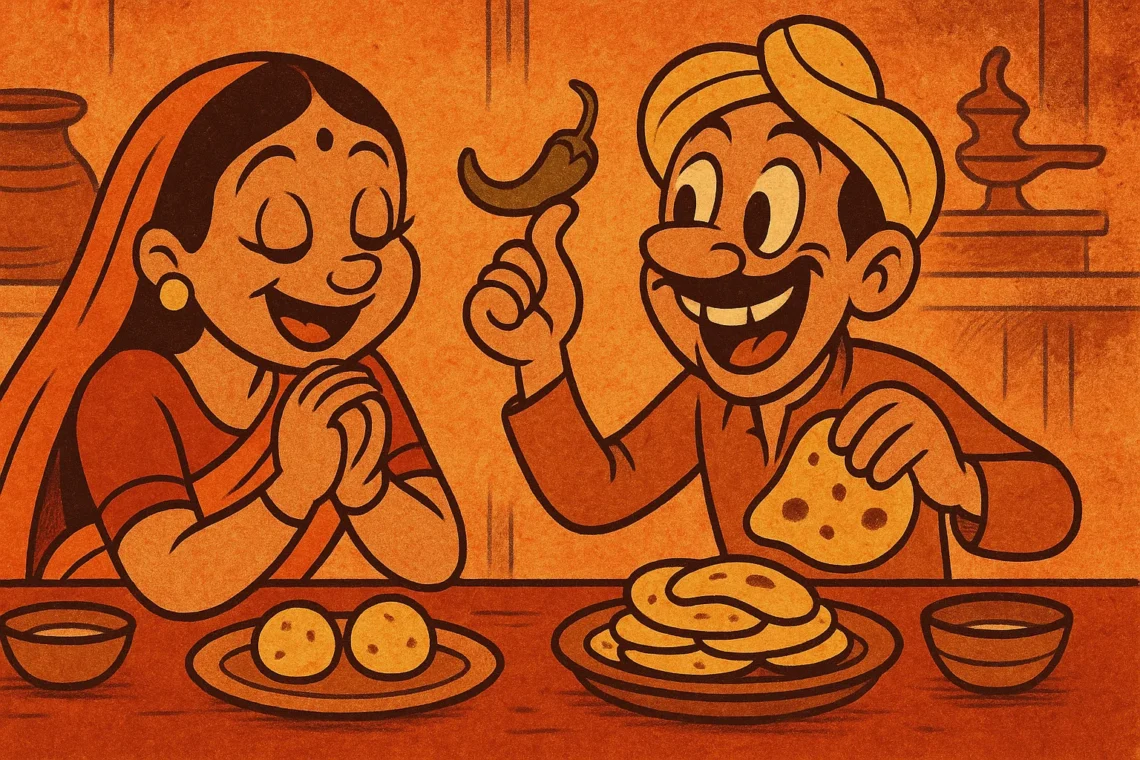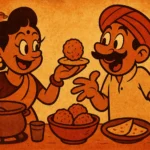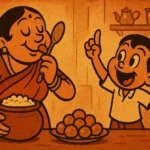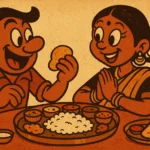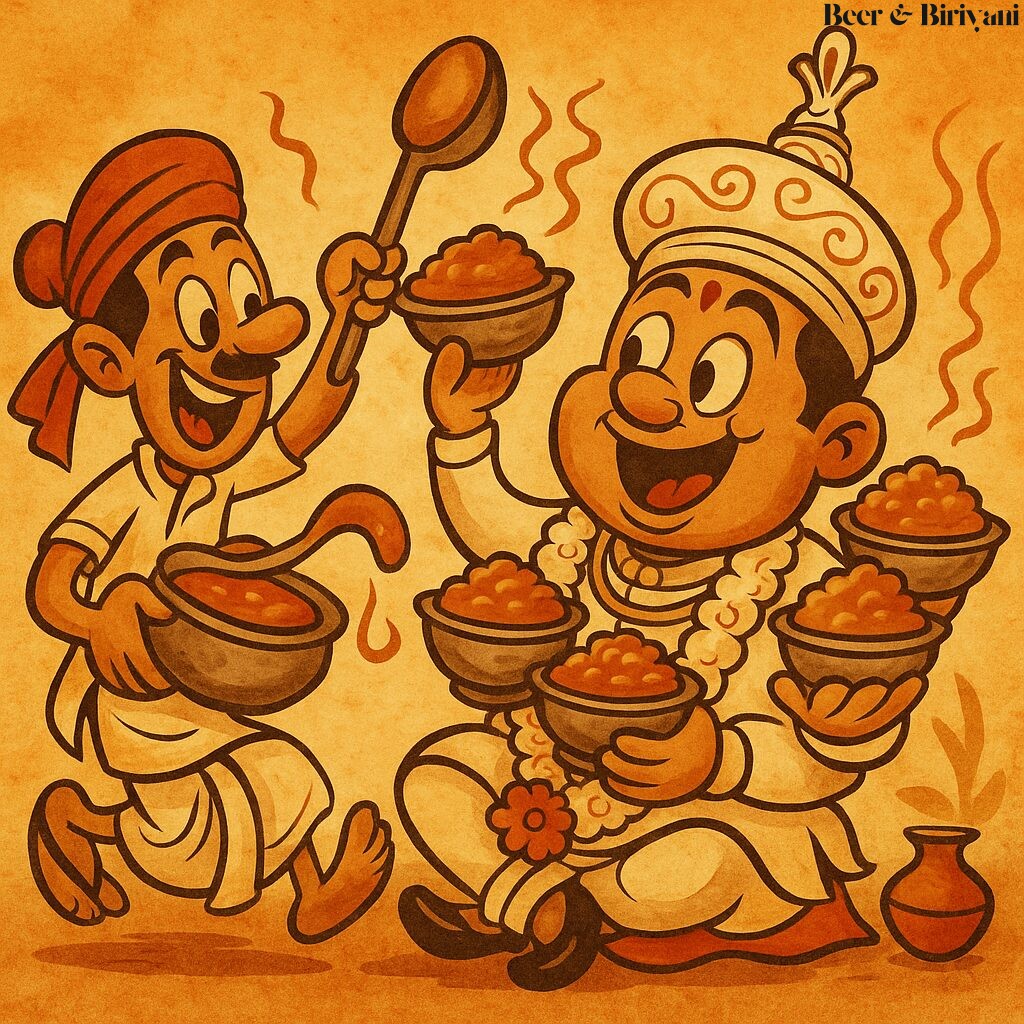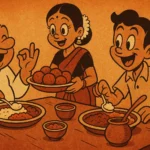It always starts with confidence. Maybe even overconfidence. You’re cooking something simple—an aloo sabzi, a bowl of dal, maybe even a sandwich if you’re feeling adventurous. You slice a green chili and toss it in. Just one. Tiny. Harmless-looking. You think, “How bad could it be?”
And then it hits. Not right away. Oh no, green chili likes drama. It builds slowly—first the tongue, then the back of your throat, then your eyes start to water and your forehead gets misty. That’s when you realize: you’ve made a mistake. You have entered the hallowed territory of green chili regret.
The Smallest Saboteur
Of all the ingredients in the Indian kitchen, green chili is the most deceptive. It’s barely three inches long. It looks so fresh, so innocent. Sometimes it’s even shiny. But inside that crisp little capsule lies the power to derail entire meals, burn bridges between bite and breath, and make you question your upbringing. Because here’s the thing—no two green chilies are the same. And you never know which one is going to ruin your day.
It’s not even about quantity. One chili can do it. Just one. Especially the small, skinny ones that look like they’re up to something. The same variety that adds just the right kick to your poha on Monday can torch your gut on Wednesday. It’s not science. It’s sorcery.
It Was Going So Well
Green chili regret usually hits in stages. First comes the denial. “No, no—it’s fine. It’ll mellow out once I add the tomatoes.” Then comes the bargaining. “Maybe if I add sugar… or lemon… or yogurt… or all three?” Then comes the acceptance, usually while sitting on the floor in front of the fridge eating cold curd with a spoon and wondering why the inside of your mouth feels like a solar flare.
The worst part is that the damage is done. You can’t un-cook the chili. You can fish out the piece, sure, but the oils have already spread, flavor has seeped, and now your chana masala tastes like a dare. Your dinner guests are sniffling politely, drinking too much water, pretending to enjoy it. You’re apologizing between bites, dabbing your face with a kitchen towel like a sweating contestant on a quiz show.
We’ve All Been There
Every desi home has its chili trauma. I still remember the time I bit into what I thought was a piece of capsicum in my mom’s sabzi. It wasn’t. It was a green chili with dreams of being a flame-thrower. I spent ten minutes chewing a spoonful of rice like it was medicine. My mother? She shrugged and said, “Accha lagta hai na, thoda teekha?” Sure, Ma. In a self-destructive sort of way.
Even now, in my Austin kitchen, I approach green chilies like they’re wild animals. I cut them slowly, avoid touching my face, wash my hands twice, and still feel nervous. And yet—I keep buying them. Because despite the regret, despite the drama, despite the occasional tongue trauma—they make food better. They add edge. They add thrill. They make you sit up and pay attention.
The Fine Line Between Flavor and Fire
The truth is, when used right, green chili is magic. It lifts dal from flat to fragrant. It adds spark to chutney. It gives bite to pickle. It’s the quiet punch in a vada pav and the blink-and-you’ll-miss-it heat in a perfect plate of poha. And yes, sometimes it goes too far. Sometimes you go too far. But that’s the risk you take for flavor that makes your food sing.
So you keep slicing. Keep seeding. Keep stirring. One chili at a time. You learn to taste-test earlier. You learn to keep yogurt nearby. You learn to laugh through the tears.
Because green chili regret is real—but so is green chili reward. And most of us would rather burn a little than live bland.
Born in Mumbai, now stir-frying feelings in Texas. Writes about food, memory, and the messy magic in between — mostly to stay hungry, sometimes just to stay sane.

